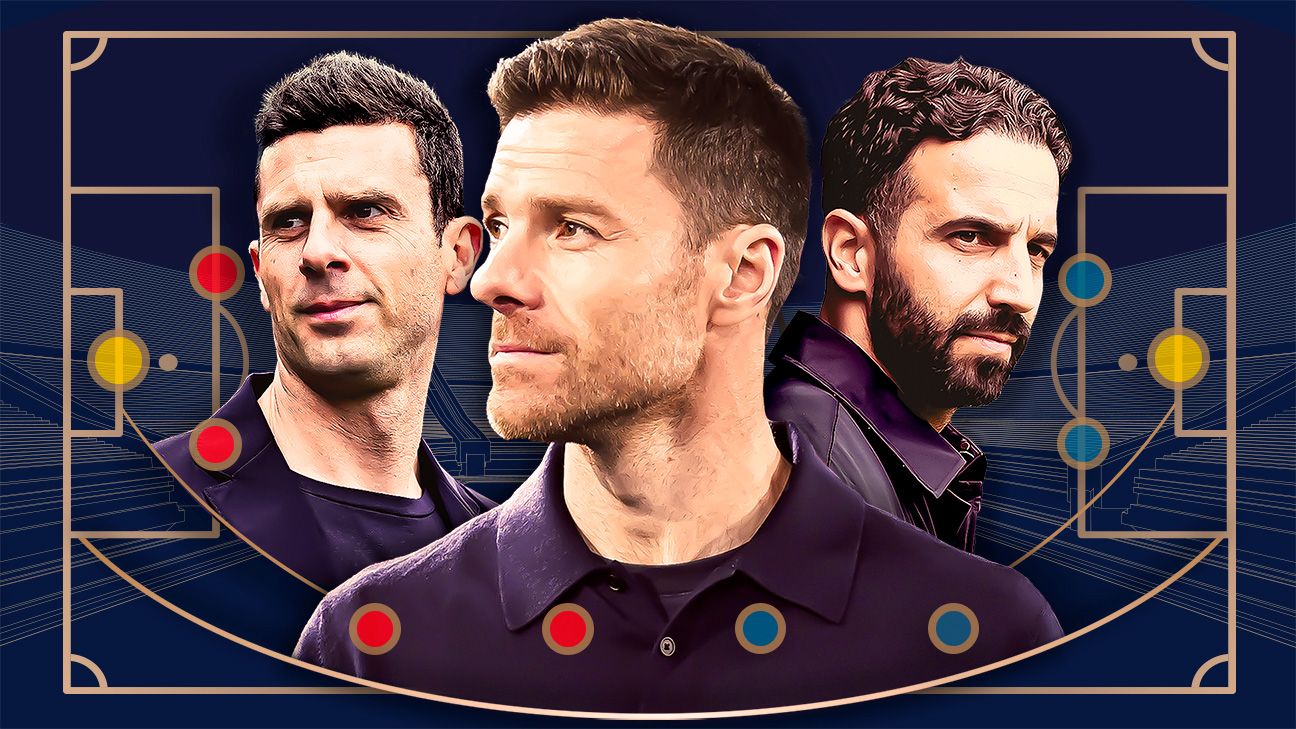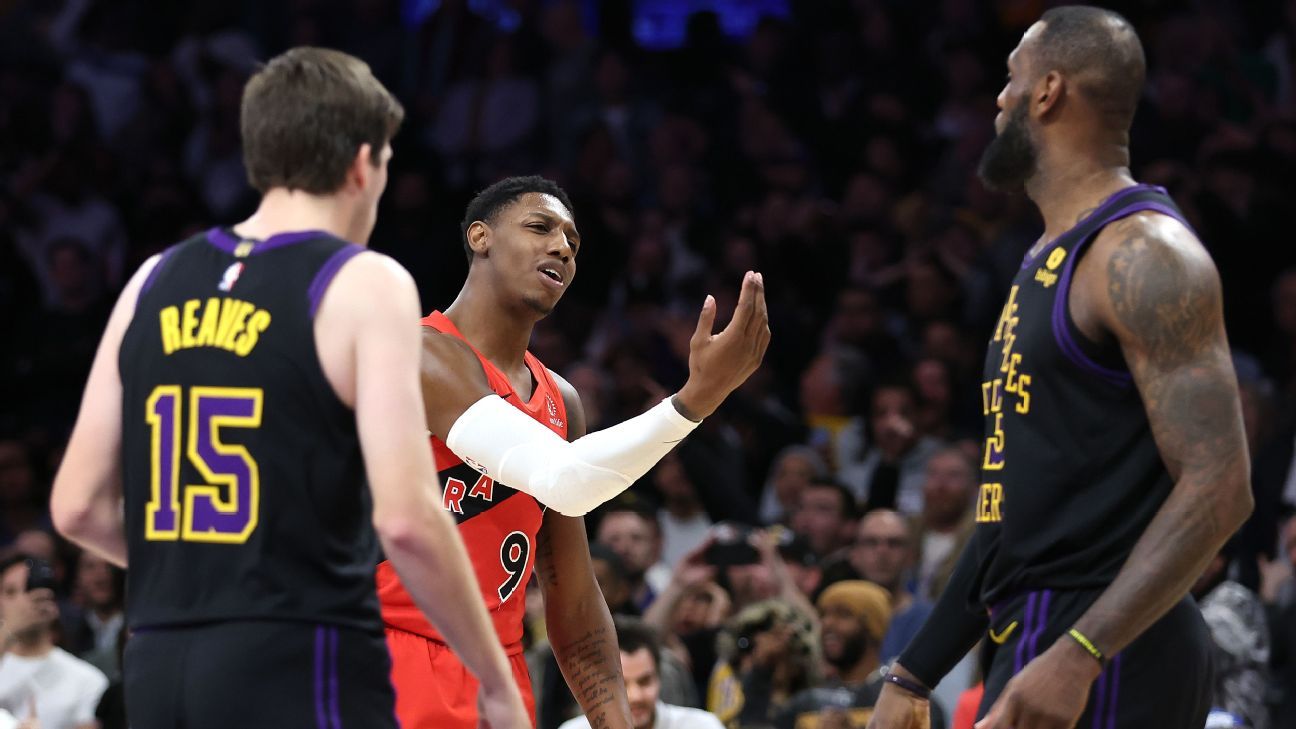AMELIA ISLAND, Fla. — NCAA president Charlie Baker mentioned Monday that he wouldn’t put a tough deadline on the group’s determination to just accept or reject a proposed settlement in Home v. NCAA, a landmark lawsuit that’s anticipated to basically reshape the school sports activities enterprise mannequin.
With the caveat that settlement talks proceed and will evolve, it seems probably that an settlement would come with roughly $3 billion (over 10 years) in back-pay damages from the NCAA to Division I athletes who weren’t allowed to monetize their names, photographs and likenesses (NIL) previous to July 2021, in addition to a brand new income sharing mannequin with power-conference athletes that may start as early as 2025. The Huge Ten, SEC, ACC and Huge 12 are additionally named defendants on this lawsuit.
As first reported by ESPN and confirmed by The Athletic, the sum of money to be shared with athletes yearly by every college that chooses to choose into the revenue-sharing mannequin is predicted to be roughly $20 million. Lingering questions stay about compliance with Title IX and the power to arrange such a system and not using a collective bargaining settlement, however that’s the normal framework beneath which these on either side of the lawsuit are working.
“There are plenty of conferences happening,” Baker mentioned. “However my view on it’s that crucial factor for us and for the parents within the (Energy) 4 and (Energy) 5 and the parents on the plaintiff aspect is to create readability on what the phrases are going to appear like. That’s been our focus. I’m not placing a deadline on it.”
Although Baker wouldn’t put a tough deadline on it, the 4 energy conferences may vote on a proposed settlement later this month. The earliest that athletes would probably get a minimize of their leagues’ income is the summer season of 2025, sources briefed on settlement talks mentioned.
Baker mentioned he got here to the ACC’s spring conferences in Florida at commissioner Jim Phillips’ request and since “clearly, there’s loads to speak about in school sports activities lately.” Requested particularly how a lot of the practically two hours he spent with ACC coaches and directors was spent on the potential settlement, Baker mentioned it was “a comparatively restricted piece of it.”
“A very powerful half in regards to the settlement — and let’s face it, there’s nonetheless plenty of work to be executed there — crucial a part of it’s it creates some readability and a few visibility on a complete bunch of points which have type of been roiling everyone for some time,” Baker mentioned. “The opposite factor it does is create predictability and stability for colleges. It creates an incredible alternative for student-athletes, particularly on the colleges which are most closely researched.
“And it creates a framework that then makes it potential to then have a distinct type of dialog with Congress. So, in some ways, I’m hopeful.”
The NCAA would additionally choose that any settlement to the Home case would additionally resolve different lively antitrust litigation towards the NCAA, together with the Hubbard and Carter instances. As Baker alluded, there may be additionally hope that the NCAA’s willingness to alter its enterprise mannequin to permit income sharing with athletes can result in antitrust safety from Congress, which may permit the enterprise a means ahead with out making athletes staff.
“Look, I feel everybody would really like … to be positioned the place they really feel like they might plan, and within the present world we dwell in, planning may be very onerous to do,” Baker mentioned. “The most effective half about having the ability to plan is while you plan, you possibly can make investments. You possibly can spend money on your college students, you possibly can spend money on your athletes, you possibly can spend money on your program, you possibly can spend money on your future and have some thought of what the bottom goes to be like beneath you. …
“If we will land this factor, I feel it provides an incredible quantity of advantages to student-athletes on the highest-resourced applications. I feel it creates plenty of stability and readability for colleges. And it makes it potential for all of us to begin occupied with what the subsequent act will appear like because it rolls out as a substitute of feeling such as you’re ready for the subsequent shoe to drop.”
— The Athletic’s Justin Williams contributed reporting.
(Photograph: Kirby Lee / USA At this time)


























